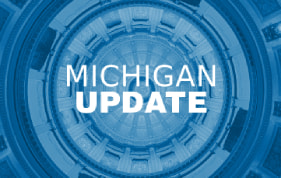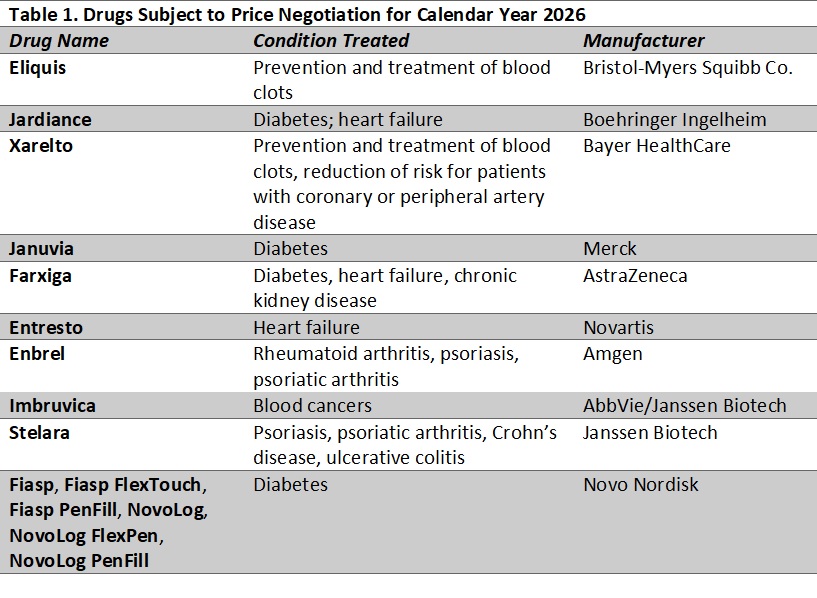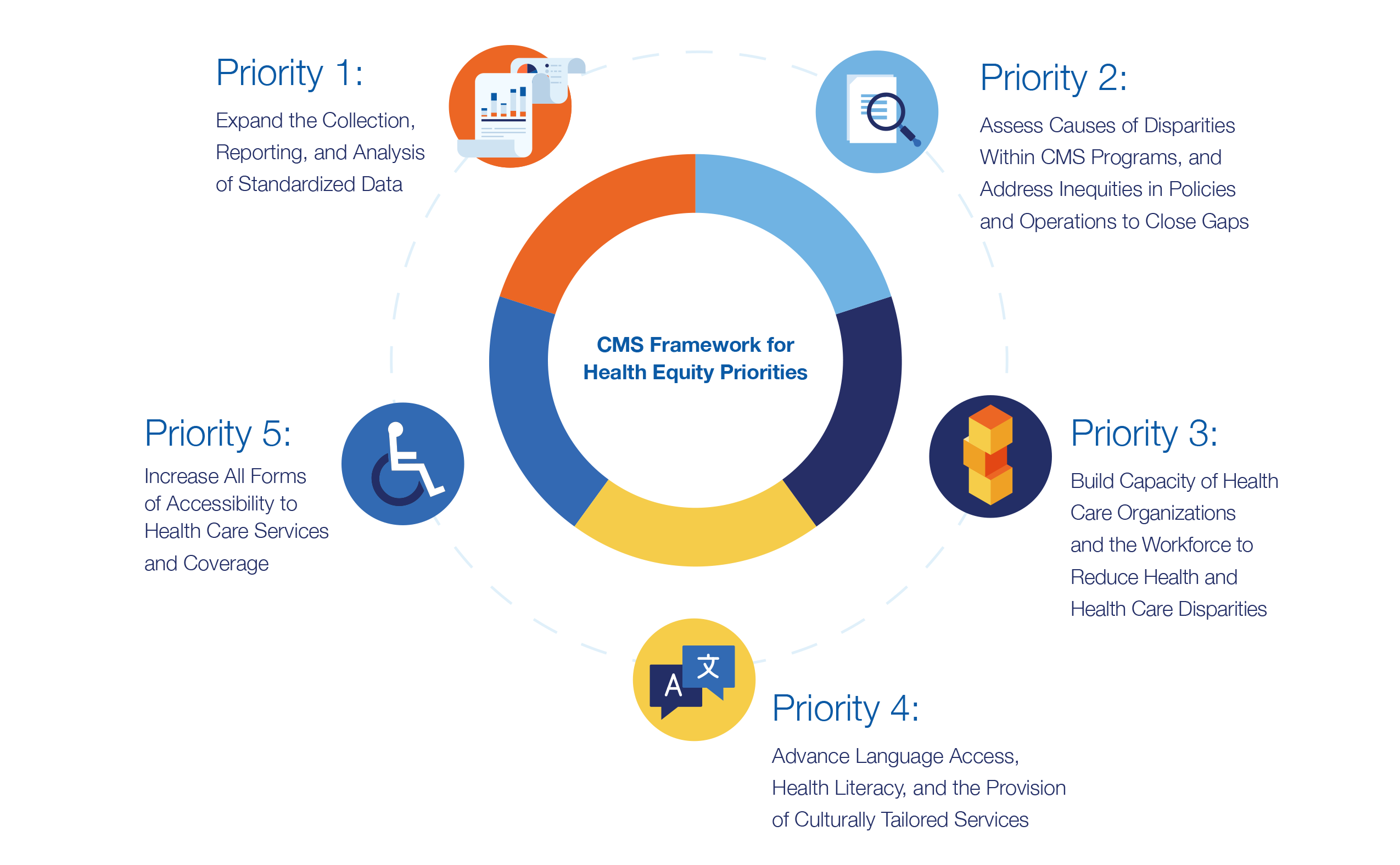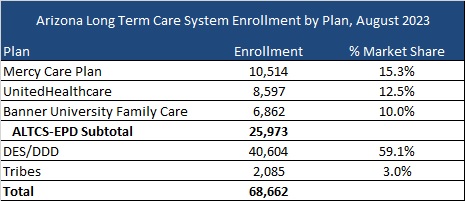There are 47 to 60 million people residing in rural areas in the U.S. Many rural residents must navigate healthcare system challenges people living in urban and suburban areas generally do not face. While workforce shortages, lack of consumer choice in health plans and providers, travel distance, transportation issues, social isolation, and increased inequity for people in marginalized communities do impact urban and suburban healthcare services, these issues are exacerbated in most rural communities. Developing and supporting rural health programs requires understanding the unique characteristics of rural settings and how these dynamics influence healthcare policy, providers, payers, consumers, and health equity.
Health Management Associates (HMA) brings together industry-leading policy, program, financial, community, and clinical experts to provide comprehensive solutions that make healthcare and human services work better for people living in rural and frontier areas across the country. We offer a full suite of professional health and human services consulting services to clients serving rural and frontier communities. This includes state agencies, county health departments, critical access and rural hospitals, federally qualified health centers (FQHCs) and rural health clinics, skilled nursing facilities, home and community-based service providers, behavioral health providers, oral health providers, and pharmacies/pharmacists. We also work with human services organizations and public health agencies, supporting their direct services, as well as assisting them in connecting with healthcare systems and providers. Our national, multisector, multisystem experience in healthcare and human services enhances our ability to support rural clients in making sustainable, positive impacts in their local communities.

PROJECT SPOTLIGHT
Health Equity & Access for Rural Dually Eligible Individuals (HEARD) Toolkit
With funding from Arnold Ventures, HMA created the HEARD Toolkit, a robust discussion of the access challenges facing dually eligible individuals in rural areas and a portfolio of actionable solutions to address these challenges. Dually eligible individuals in rural areas reside at the intersection of a major public health crisis and a fragmented Medicaid and Medicare delivery system. They experience poor access to services and to integrated care programs (ICPs) to address their whole person needs.
HMA designed this Toolkit to help policymakers address access issue dually eligible individuals in rural areas have to navigate every day. For example, addressing access must encompass getting to a comprehensive Medicaid and Medicare services continuum that includes home- and community-based services (HBCS), as well as ICPs. A primary focus on equity can help states, local communities, payers, and providers begin to address issues of access for these very vulnerable individuals in rural communities. The Toolkit provides examples and ideas for rural providers and communities to address equity and improve services and supports for dually eligible individuals.
For example, HMA can assist rural communities and the organizations that support their needs with:
Rural-specific workforce solutions
Programs addressing Social Determinants of Health/Health-related Social Needs
Payment system reforms
Development of integrated care programs for Dual Eligibles
Substance Use Disorder/Opioid Use Disorder prevention, treatment, and recovery services
Behavioral health services and supports
Justice-involved carceral healthcare and transitions
Long-term services and supports and home and community-based services
HMA understands the multilevel challenges for delivery of quality health care and social services to rural populations. From workforce and care access issues to transportation difficulties and technology barriers, to socio-economic differences, we can help rural providers and organizations overcome challenges and achieve their goals to serve and support their communities’ needs.
Other Rural Health Project Examples:
HMA is supporting review and reform of the primary care payment environment in New Mexico working under a contract with Mercer. New Mexico’s Medicaid program had identified multiple challenges the primary care providers faced across the state, including rural sustainability and fiscal soundness. HMA’s approach includes coupling data analysis with stakeholder engagement. Our work to date includes designing, testing, and evaluating new primary care alternative payment models (APMs); fiscal, policy, and/or programmatic implementation recommendations related to the multi-payor roll-out of a primary care APM; and supporting primary care practitioners related to NM Medicaid APM implementation. Additional project work will include more provider specific analysis, recruitment for pilot testing and provide education, analysis and training for providers, health plans and state regulators.
HMA is working with the Colorado Department of Health Care Policy and Financing (HCPF) to perform a dynamic heat mapping as the first phase of a three-phase project that includes an environmental scan of home and community-based services (HCBS)/Medicaid. HMA is creating a tool that HCPF can leverage to update and track progress to close provider gaps. In subsequent work HMA will identify potential geographic regions which would benefit from reimbursement structure changes, including geographic adjustment factors to apply to preexisting fee-for-service rates or other mechanisms to effectively address identified care gaps. Based on these results, HMA will recommend strategies and best practices to expand the provider network in rural areas to avoid care deserts and assure access to services for all Medicaid members.
Over the past six years, HMA has supported tribal communities in Montana with an array of data and evaluation expertise specific to behavioral health system assessments and evaluation activities. To date, we have conducted feasibility assessments for tribes considering options to 638 their behavioral health services, evaluated high-fidelity wraparound services in tribal communities through the Montana Systems of Care program, supported efforts to discern a concept design for a joint tribally operated Substance Use Disorder (SUD) Continuum of Care, and assisted tribally operated clinics in best practices in opioid prescribing and addiction treatment.
The Georgia Health Policy Center provides technical assistance for grantees of HRSA’s Rural Health Programs. HMA created a primer and additional tools, including a webinar, designed to inform and support rural provider leadership on Value-Based Care. The primer serves as a self-paced guide helping organizations consider national trends and experiences, assess their current state and readiness, understand benefits and barriers of Value-Based Care. The primer and tools are used by the technical assistance team and rural health grantees.
HMA has worked with HSHS for over 10 years, providing a wide range of services including:
Grant surveillance related to strategic plans, project management, grant program development, and narrative writing for multiple state and federal grants including USDA, HRSA, and SAMHSA.
Expanding access to medication assisted treatment (MAT) in emergency departments by activating a team of HMA experts to implement a global assessment of readiness to adopt MAT, create a comprehensive training curriculum, assist with development of policies, workflows and standardized orders; and provide technical assistance required to address stigma and implement change. HMA also aided in writing the successful proposal for state funding for this project.
Stakeholder engagement for a hub-and-spoke model of telehealth network, assessed strategic priorities across multiple diverse stakeholders, and developed a strategic plan for HSHS’ Wisconsin rural healthcare provider telehealth network.
Development of the Illinois Telehealth network composed of 21 rural healthcare providers across Illinois. HMA provided technical expertise on the adoption of telehealth services and the development of clinical protocols and led strategic planning efforts. The network now functions to support the members in disseminating best practices, implementing telehealth service lines, sharing clinical protocols, removing barriers, and promoting evaluation.
HMA is currently assisting HSHS’ rural behavioral health team in devising new models of community-based withdrawal management processes consistent with recent changes in Wisconsin’s regulations. HMA experts on residential substance use disorder and integrated care provide technical assistance, training, and evidence-based policy development.
HMA supported the Texas Department of Agriculture, State Office of Rural Health (SORH) by leading SORH’s three-year strategic plan and design future programs. For the needs assessment, HMA conducted a systematic assessment that included an environmental scan of rural health key issues and trends, online survey of rural Critical Access Hospitals (CAHs) and prospective payment systems (PPS) hospitals in Texas identify needs and gaps, and an analysis of publicly available data to identify health needs and differences between rural and urban residents. Informed by this assessment and close collaboration with SORH staff, HMA developed a strategic plan to guide the next three years of SORH’s programming, as well as created work and evaluation plans for the SORH and Flex grant programs. Other tasks included assessment of Texas rural hospital telemedicine readiness, recommendations for value-based payment models for rural hospitals, and opportunities to support rural hospitals in reducing health disparities.
Contact our experts:

Ellen Breslin
Principal

Stephanie Denning
Principal

Rebecca Kellenberg
Principal

















